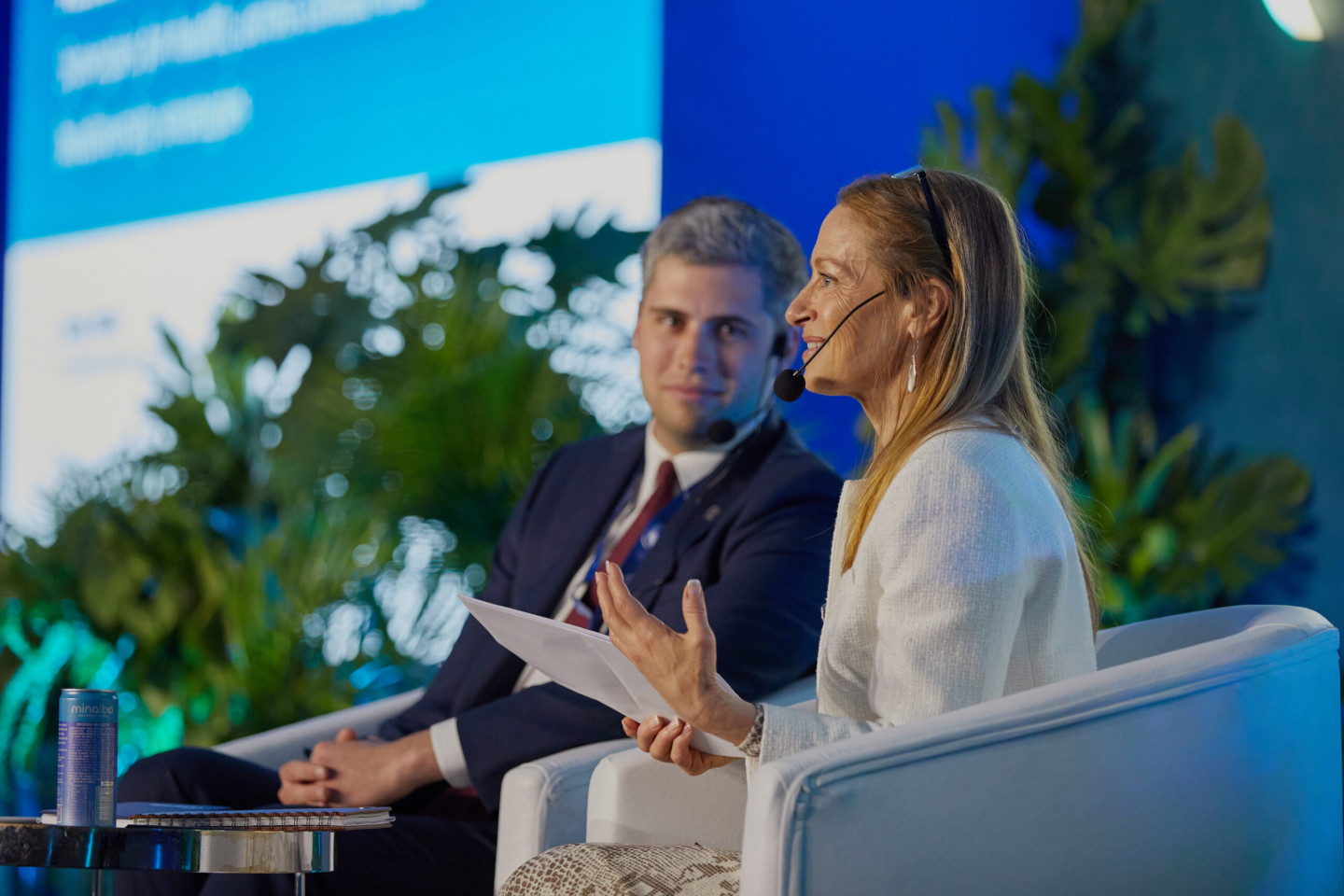
Featured News
Forecasting Healthy Futures Hosts 3rd Annual Summit in Rio de Janeiro, Brazil ahead of COP30
Rio de Janeiro, Brazil, April 10, 2025— Ahead of COP30 in Belém, Brazil, Forecasting Healthy Futures hosted its third annual Global Summit in Rio de Janeiro to urge action in climate change and health financing, and surface some of the most pressing challenges and promising pathways forward to protect health in a changing climate.
News
IMACS Receives Patrick J. McGovern Foundation Grant to Establish Its Central Data & Analytics Hub to Integrate Climate and Health…
Twitter LinkedIn WASHINGTON, DC, June 26, 2025 – The Institute for Health Modeling and Climate Solutions (IMACS), a global center of excellence advancing the integration of climate and health intelligence, today announced that, effective July 1, 2025, a new grant…
Quarterly Newsletter from FHF
As multilateral cooperation for sustainable development faces unprecedented challenges, our shared mission has never been more urgent. The retreat of traditional donor countries, mounting climate threats, and the confounding crises of migration, conflict, and rising debt are testing the limits…
Forecasting Healthy Futures: A Discussion with the 2025 FHF Resilient Futures Award Winners
Twitter LinkedIn During the Forecasting Healthy Futures Global Summit 2025, FHF presented its 2025 FHF Resilient Futures Award to Matea Cañizares, a 17-year-old high school student, and Dr. Daniel Romero-Alvarez, an infectious disease eco-epidemiologist working as an associate professor at…
Climate Change & Health: A Discussion with Derek Wallace, President of Takeda's Global Vaccine Business Unit
Twitter LinkedIn In a discussion with Forecasting Healthy Futures, Derek Wallace, president of Takeda’s Global Vaccine Business Unit, talks using science to better tackle the health impacts of climate change. What are some of the ways that you see climate…
New Report Highlights Private Sector’s Critical Role in Advancing Climate-Resilient Health and Nutrition
Twitter LinkedIn Comprehensive analysis spans 10 industry sectors responding to climate-driven health and nutrition challenges May 15, 2025 (Washington, DC) – A new report released by Forecasting Healthy Futures calls for stronger private sector leadership to address the growing health…
ClimateSmart Indonesia Launches Novel AI Public Health Platform to Tackle Climate-Driven Diseases
Twitter LinkedIn JAKARTA (May 12, 2025) – As part of a broader effort to build more climate-resilient health systems, ClimateSmart Indonesia recently launched (5/5/2025) the world’s first AI-enabled, dual-capability technology platform for forecasting and responding to climate-sensitive diseases. Developed by…
Forecasting Healthy Futures Hosts 3rd Annual Summit in Rio de Janeiro, Brazil ahead of COP30
Rio de Janeiro, Brazil, April 10, 2025— Ahead of COP30 in Belém, Brazil, Forecasting Healthy Futures hosted its third annual Global Summit in Rio de Janeiro to urge action in climate change and health financing, and surface some of the most pressing challenges…
Forecasting Healthy Futures Discusses Scaling Wolbachia Replacement Technology to Block Dengue Transmission with Oxitec CEO, Grey Frandsen
In a discussion with Forecasting Healthy Futures, Oxitec's CEO Grey Frandsen discusses the company’s latest milestone: breaking ground on the world’s largest Wolbachia mosquito facility. As part of Oxitec’s Sparks™ platform, this facility will accelerate the global scale-up of Wolbachia…
Our Take | Refreshed Goals for the Climate and Health Movement Heading into 2025
As a matter of some urgency, our loosely organized but highly engaged and growing coalition of climate and health advocates needs to know how we answer the questions: What's next? What exactly is it that we want to achieve? Author:…
Forecasting Healthy Futures Applauds Historic Baku COP Presidencies Continuity Coalition for Climate and Health, Announces 2025 FHF Summit
Forecasting Healthy Futures (FHF), a global consortium of organizations committed to protecting global health gains from the impact of climate change, is delighted to see the launch of the Baku COP Presidencies Continuity Coalition for Climate and Health announced today…
IMACS Receives Patrick J. McGovern Foundation Grant to Advance AI-Driven Climate-Smart Public Health Solutions in Indonesia
The Institute for Health Modeling and Climate Solutions (IMACS) has received an award from the Patrick J. McGovern Foundation, in support of its pioneering work in AI-based disease prediction technology to increase the climate resilience of Indonesia’s health system.
